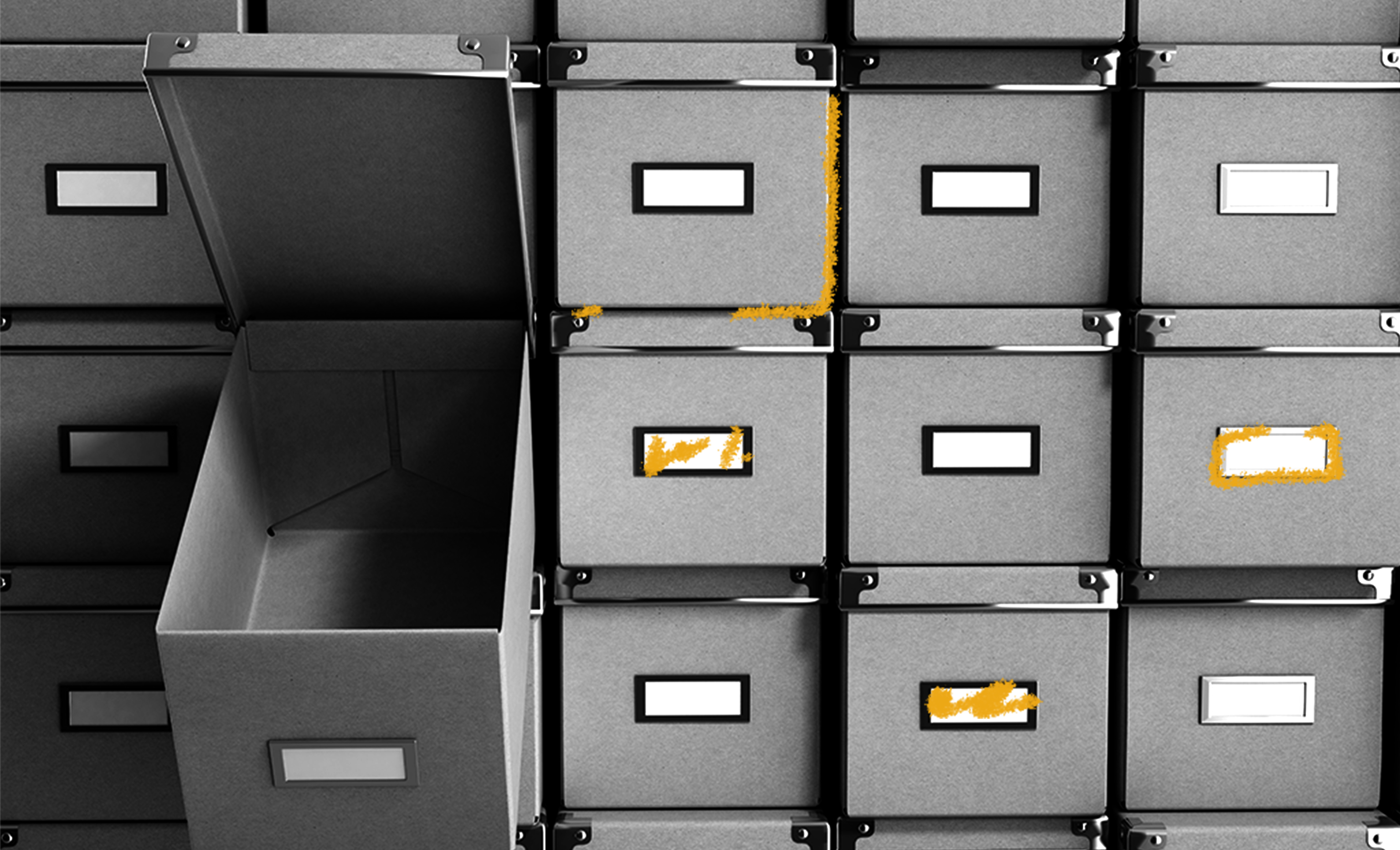In 1917, Walter Nickel and Harry Fellowes met in an elevator. Nickel manufactured cardboard boxes, which he sold to banks for record storage. But he had just been called up to serve in World War I and wanted to sell his business. Fellowes was intrigued, especially because the 16th Amendment, which legalized income tax, had recently taken effect and Fellowes reasoned that the coming expansion to help pay for the war effort would only generate even more tax records that would need to be stored. The two men struck a deal and Fellowes purchased Nickel’s box-making company for $50.00. It then became the Bankers Box Company, which went on to manufacture many bankers boxes. These soon became heavily associated not just with banks but with law offices, who also needed to store large amounts of legal paperwork. In 1983, the Bankers Box Company changed its name to Fellowes Manufacturing but continued to make bankers boxes. While the digital age has made bankers boxes less ubiquitous than they once were, they are still used regularly in many fields for storing and organizing documents.

Your go-to guide for weird history facts
Subscribe to the FREE daily email that makes learning about history fun.


